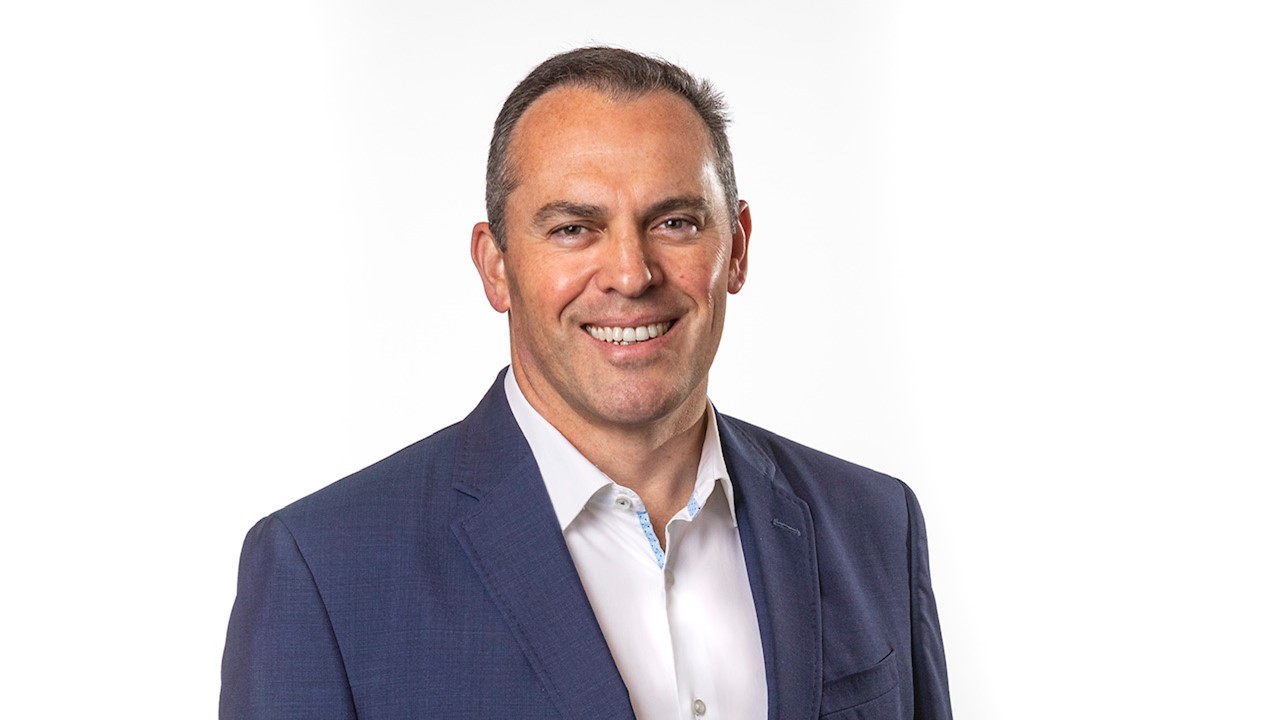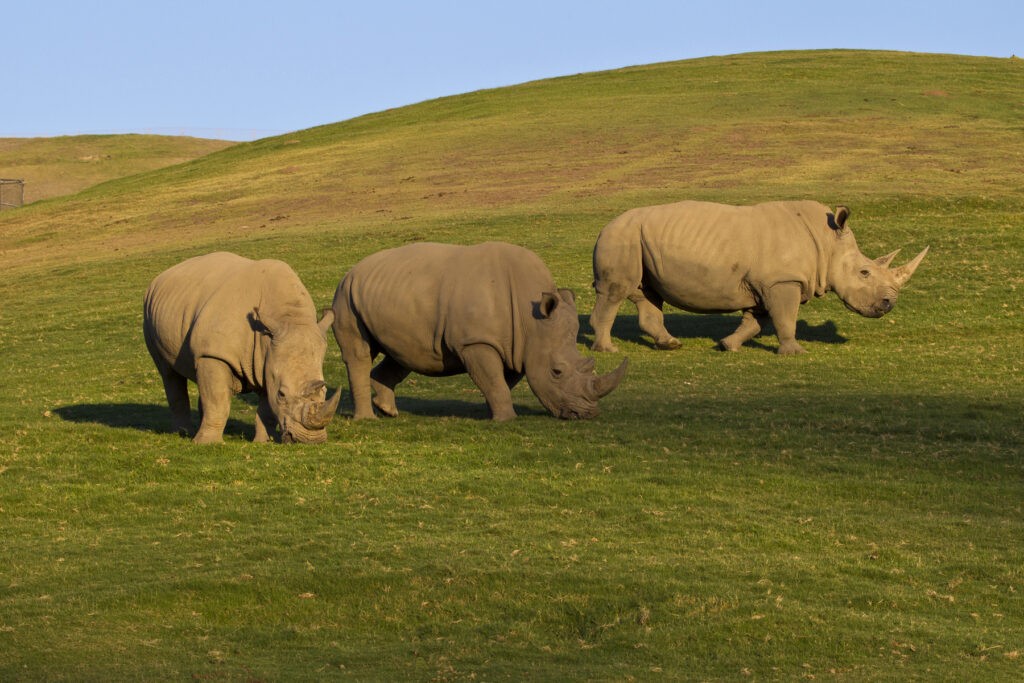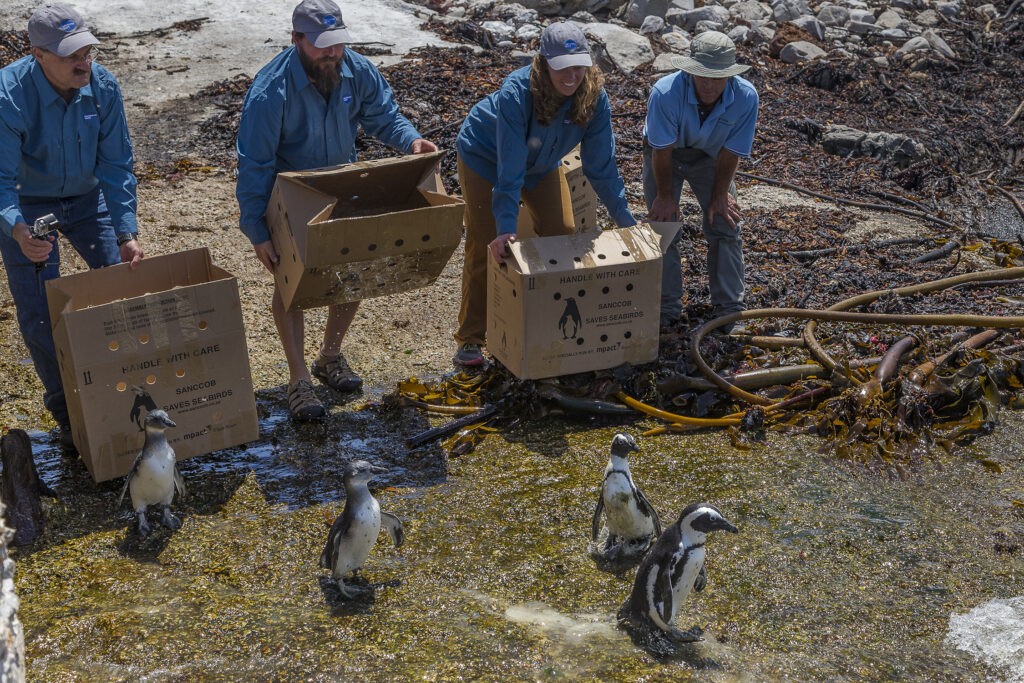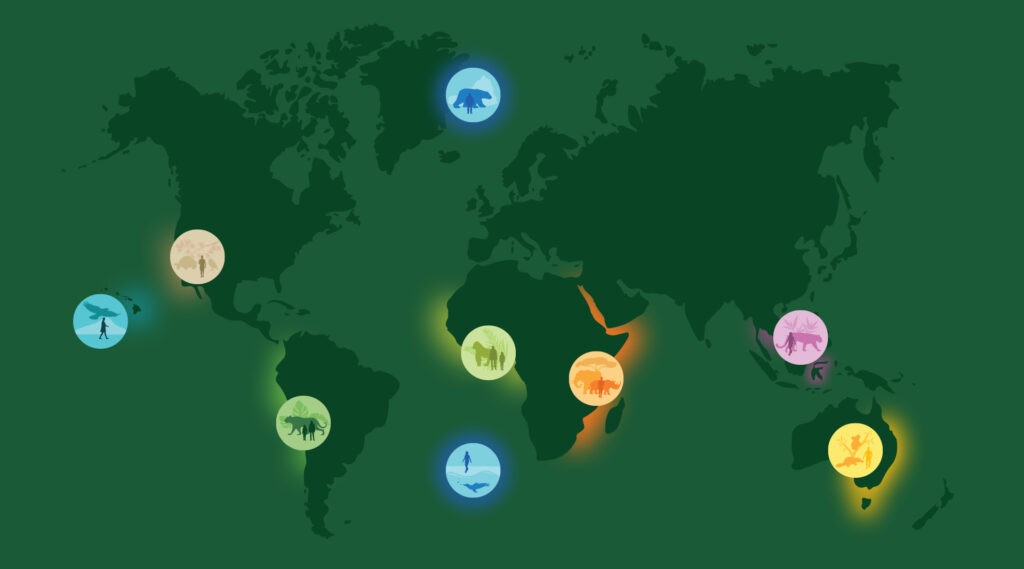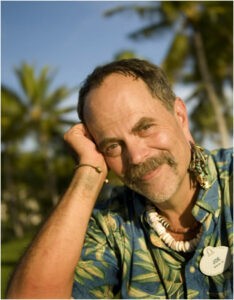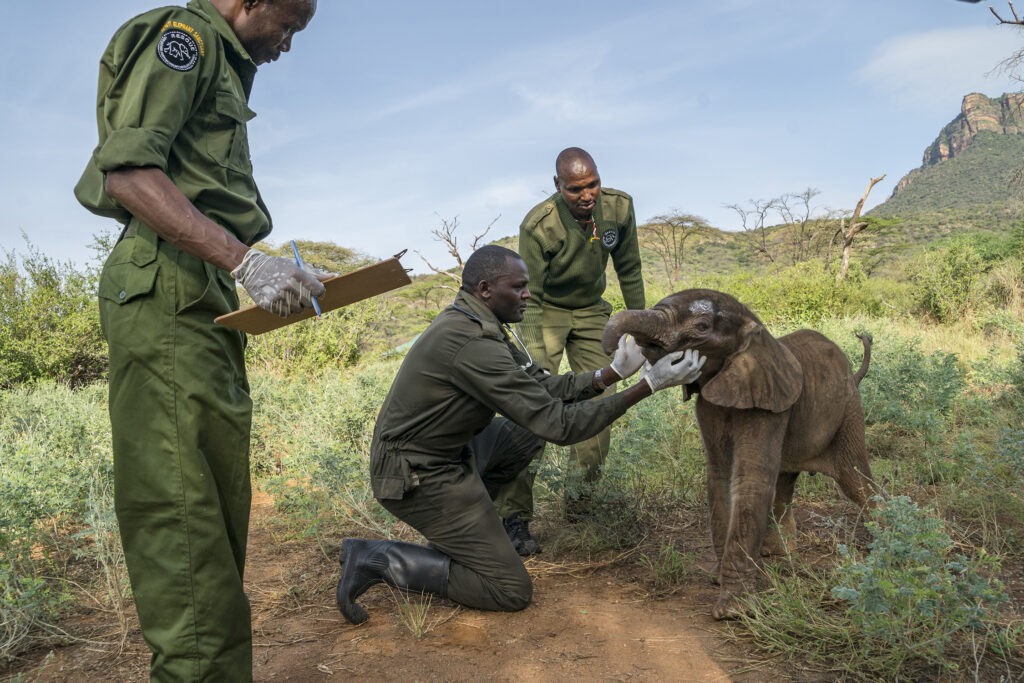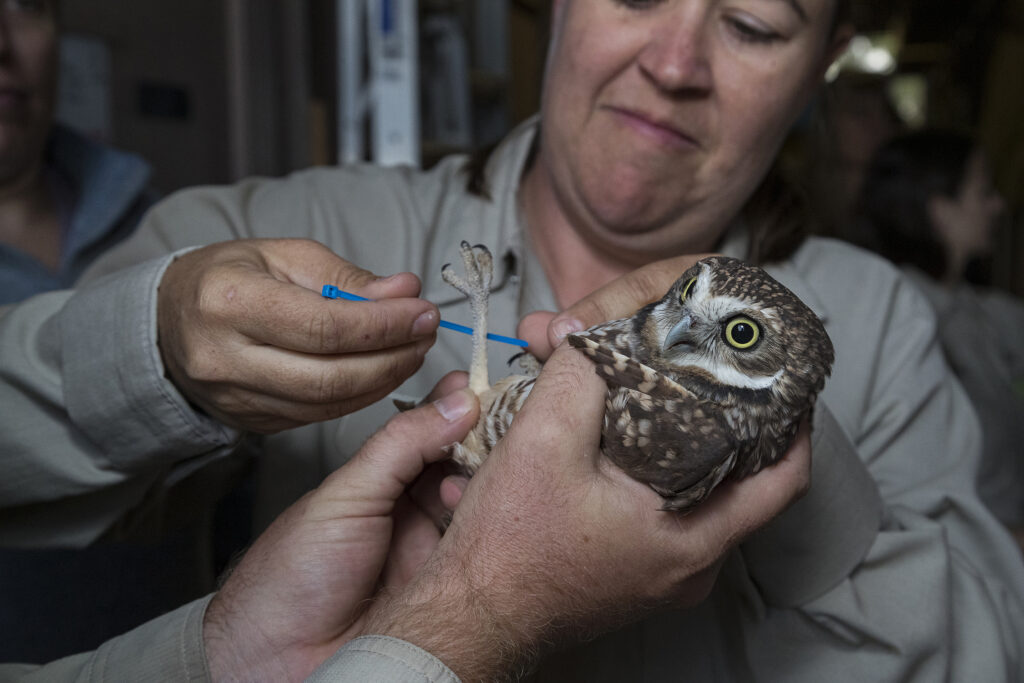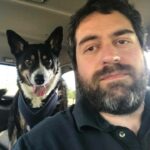CEO Paul Baribault on new branding and mission
On March 3, World Wildlife Day, San Diego Zoo Global announced a rebranding to San Diego Zoo Wildlife Alliance. The new brand identity, which emphasizes that the health of wildlife, people, and the environment are interconnected and linked to the health of our planet, was partially born of the COVID-19 pandemic, which impacted operations of the San Diego Zoo, San Diego Zoo Safari Park, and its conservation partners around the world. Because of its impact on park guests, employees, and animals, and its link to the illegal animal trade, the pandemic proved itself a conservation issue and a catalyst for rethinking how to convey the conservation message. InPark News Editor Joe Kleiman sat down (via zoom) with San Diego Zoo Wildlife Alliance president and CEO Paul Baribault to discuss the organization’s new direction. All images courtesy San Diego Zoo Wildlife Alliance, unless noted otherwise.
It’s been just over a decade since The Zoological Society of San Diego rebranded itself as San Diego Zoo Global. Now you’re rebranding yourselves as San Diego Zoo Wildlife Alliance. Why the change now and what’s the difference between the old brand and the new one?
The change has been propelled by our work. It’s driven because we took at how we’re doing our conservation work. The COVID pandemic affected all lives – including our staff and animals. During the pandemic we took a look and asked if we were being as strategic and effective as we could be. We had to figure out how to continue to do our work, how we could show up as partners in our alliance with our global conservation partners. Global was an appropriate name at the time we became San Diego Zoo Global. The Wildlife Alliance is much more. It’s about being able to support over 150 conservation programs on six continents.
What reorganization has taken place to meet the new mission?
First of all, I’m amazed and humbled by the whole team around me – all three thousand employees. We have the right team leaders for what we’re doing, and each has a strong background in their area of expertise. Under the San Diego Zoo Wildlife Alliance, San Diego Zoo and the San Diego Zoo Safari Park are front doors to the field of conservation. What our leadership team is doing is setting up next chapter for leaders in conservation.
At the heart of this, we asked what we could do more strategically, how best we could show up in the field to be better partners. We’ve always been involved in wildlife health, veterinary care, nutrition, and animal science, but we discovered that our conservation scientists were not working directly with our animal care team. Our solution was to merge the two departments together, under Dr. Nadine Lamberski in her new role as Chief Conservation and Wildlife Health Officer. We’ve learned after 105 years of working with animals in the zoo that we’ve also gained a large knowledge of how to work with wildlife. The same principles we apply in the zoo apply to animals in the wild.
With the new mission, how will you engage the public in learning about conservation?
In our new approach to conservation, we had to determine where the greatest value lies. How do we support team members in the wild? We concentrate on eight unique conservation hubs across the globe. Each one of our partners requires a unique set of skills with their programs, be it Nature Conservancy or Save the Elephants, among many others. We are uniquely suited to bring a depth of knowledge about our partners’ programs just as we can engage community leaders for saving wildlife here.
[Editor’s note: the eight hubs, illustrated in the map below, and their key species are Australian Rainforest (koala and platypus), African Rainforest (gorilla), Asian Rainforest (tiger), Pacific Islands (ʻAlalā), Southwest (desert tortoise and burrowing owl), Oceans (polar bear and penguin), Amazonia (jaguar), and Savanna (elephant and rhino).]
Are you working with other zoos and aquariums as partners in the Wildlife Alliance?
The Alliance of Zoos & Aquariums is our main accrediting association. San Diego Zoo was one of the first to be accredited. AZA and its President, Dan Ashe, are fully behind this evolution. We will continue to partner with numerous zoos through AZA and other programs.
Speaking of conservation, look at our history. Look at our work in helping bring the California condor back from the brink of extinction. Look at our work with the giant panda. The panda is a remarkable story, as we, working with our conservation partners in China, were able to turn around the success of the species. It went from a 5% to a 95% successful birth rate. That’s why we’re evolving to the new name. The Zoo and the Safari Park are where experiences in conservation can be shared with our guests.
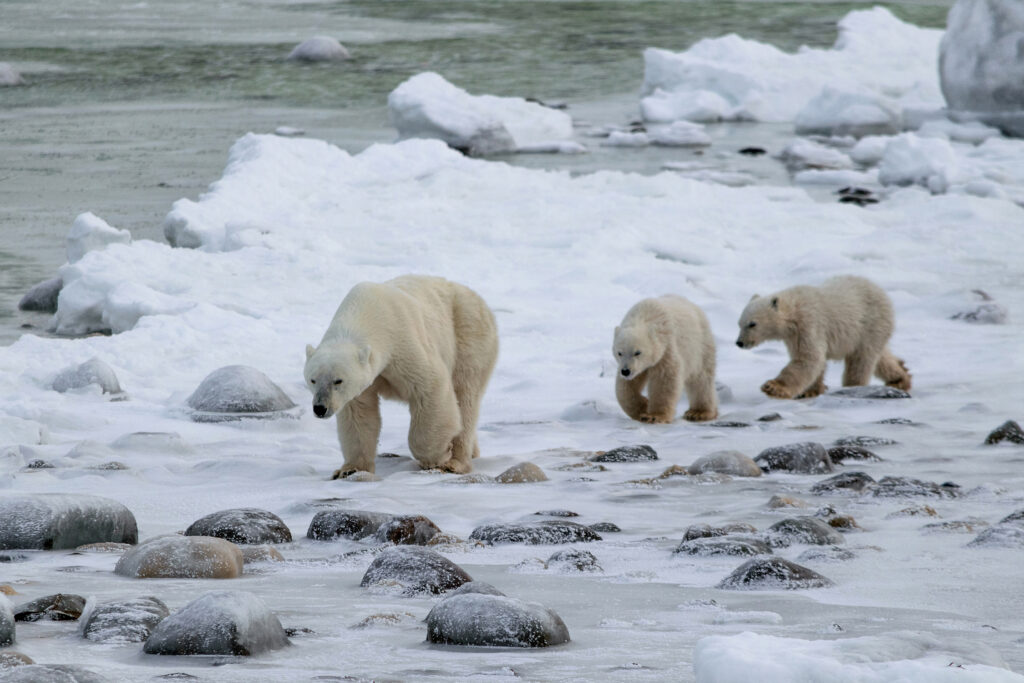
Back in 2014, we reported on a breeding center that was a joint effort between your organization and the Audubon Nature Institute. Are you still involved with that?
Absolutely. It’s in Louisiana and Audubon has been a great partner. In fact, Audubon and several other zoos have been partners on a variety of successful conservation programs for some time.
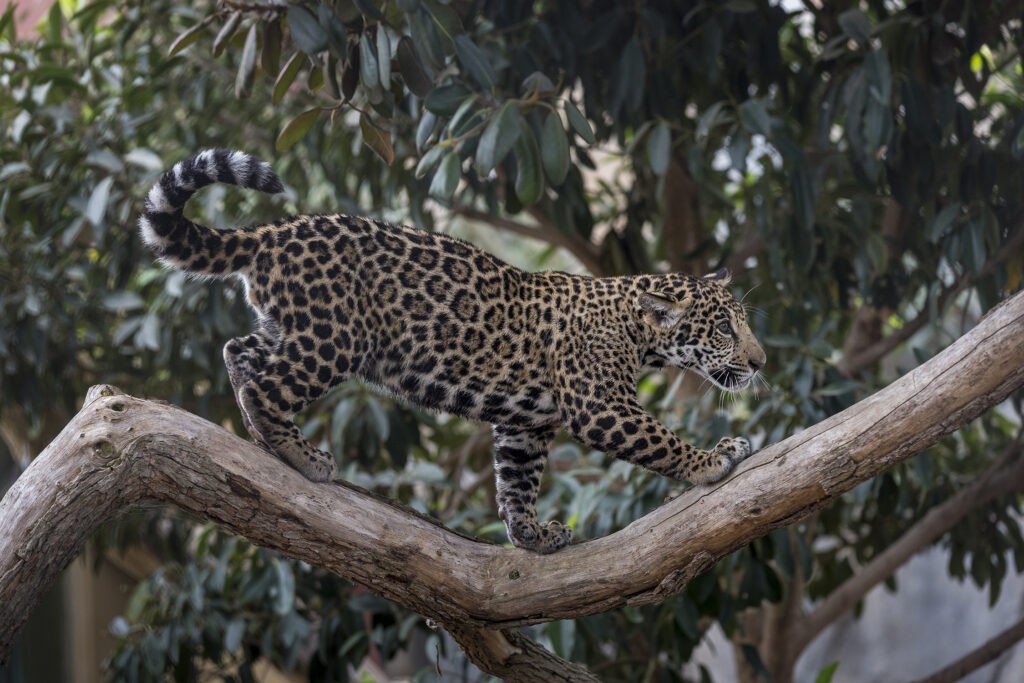
Prior to joining San Diego Zoo Global, you oversaw the Disneynature documentary film brand. There’s a symbiotic relationship at Disney between Disneynature, the Disney Conservation Fund, the Animal Kingdom park in Florida, and now National Geographic. What did you take from that experience that you’re applying in your current position?
I was influenced by many people at Disney during my twenty plus years there. I had the privilege of working with some remarkable storytellers, especially the animators. We’re influenced by stories and stories that have an emotional heart can tell the audience how to feel the importance of feeling positive about nature.
I would be remiss, especially talking to InPark, if I didn’t mention Joe Rohde [As the former Senior Vice President, Creative at Walt Disney Imagineering, Rohde oversaw design and development of Disney’s Animal Kingdom theme park and its expansions. Photo, left, courtesy Disneyland Resort]. Joe Rohde was a great influence for me. He has been an advisor and collaborator. He had a huge impact on Animal Kingdom, and I think you’ll start to see a little bit of Joe here as well. His approach is what’s essential for the future.
How will the guest experience change at the two San Diego parks?
When guests come through, they’ll have a better understanding of the conservation story. Their visit will be in a more continuous fashion built around the eight hubs. We’ll also be sharing about our conservation partners and the hubs at home as well as during visits. We want people to understand the work being done. We want them to understand the link between conservation and the Zoo and Safari Park and how we work with our partners and what our partners are working on.
What is the role of San Diego Zoo Kids under the new mission?
Introducing the vision and mission to the next generation is at our core. We started the San Diego Zoo Kids television channel in hospitals as an important part of mission. We can make part of our understanding what kids are understanding. It’s a major effort going forward. We’ll also be expanding our educational program. You can visit both the Zoo and the Safari Park and have more than just a great day with the family. Families will continue the conservation discussion beyond the park, and we can do more to teach them what we and our partners are doing to protect animals.
What’s the most important part of your new mission?
2020 was historic year for our country. We realized we needed to put conservation as the focus at the heart of our mission. What we’re announcing is just the beginning. I’m looking forward to growing our mission and evolving our work.
The most important thing? Evolution is about taking the next step going forward. What further can be done to benefit wildlife? What work are we doing? What can be done to create allies for wildlife?
Everyone – our staff, our partners, our guests at the Zoo at Safari Park, students in the classroom, visitors online – are allies working together for conservation.
Joe Kleiman is News Editor for the InPark website. He has 25+ years management experience in tourism, museums and attractions and in the giant screen industry. On the wild side of his resume, Kleiman interned at SeaWorld San Diego’s Aviculture department and volunteered as a curatorial assistant at the San Francisco Zoo for a number of years. He can be reached at [email protected]


